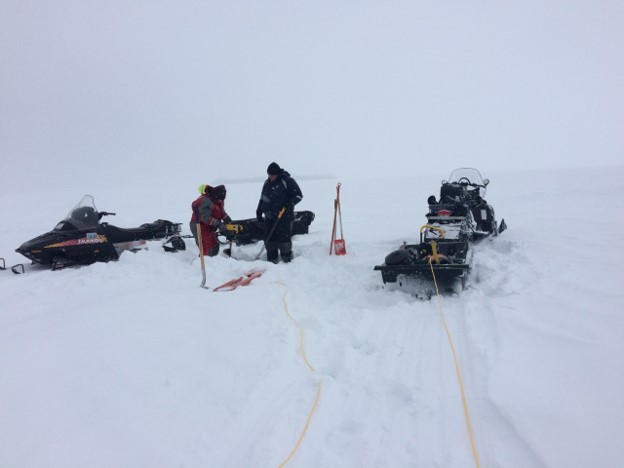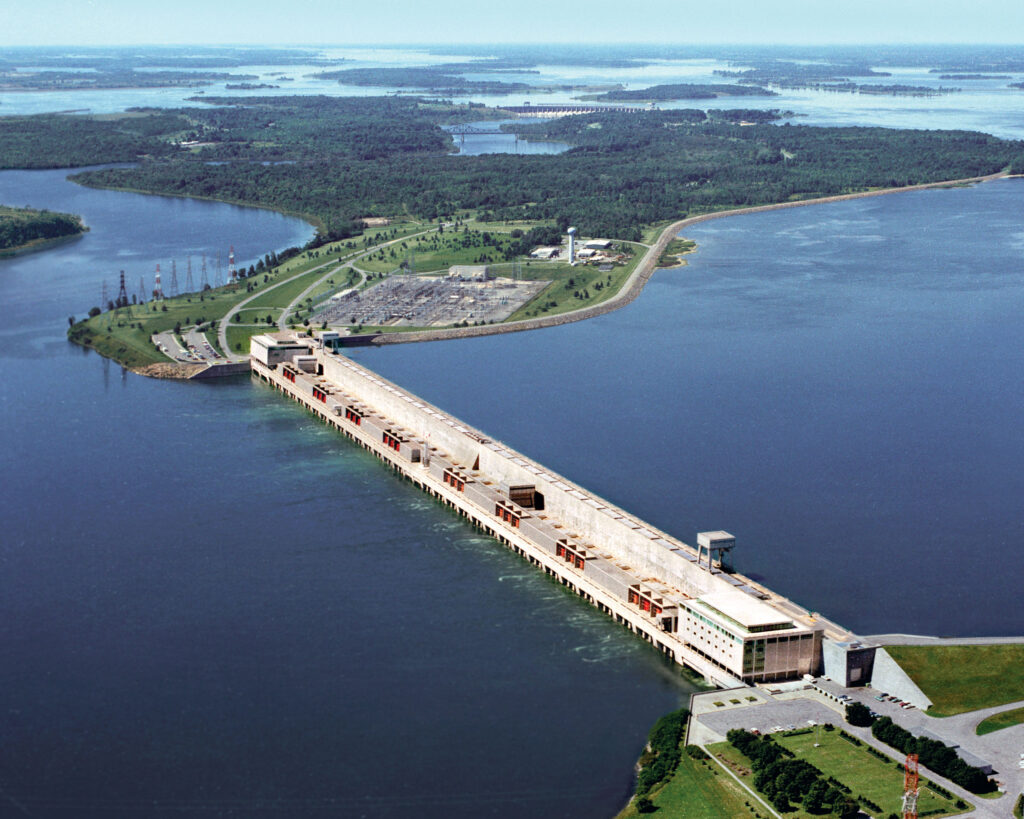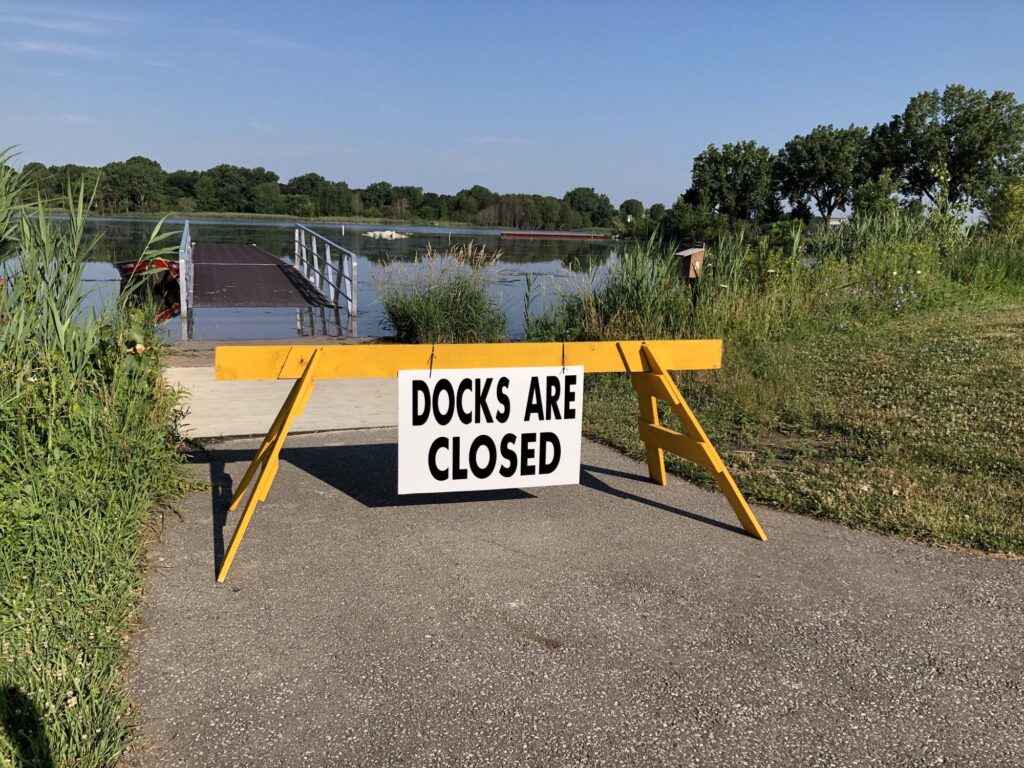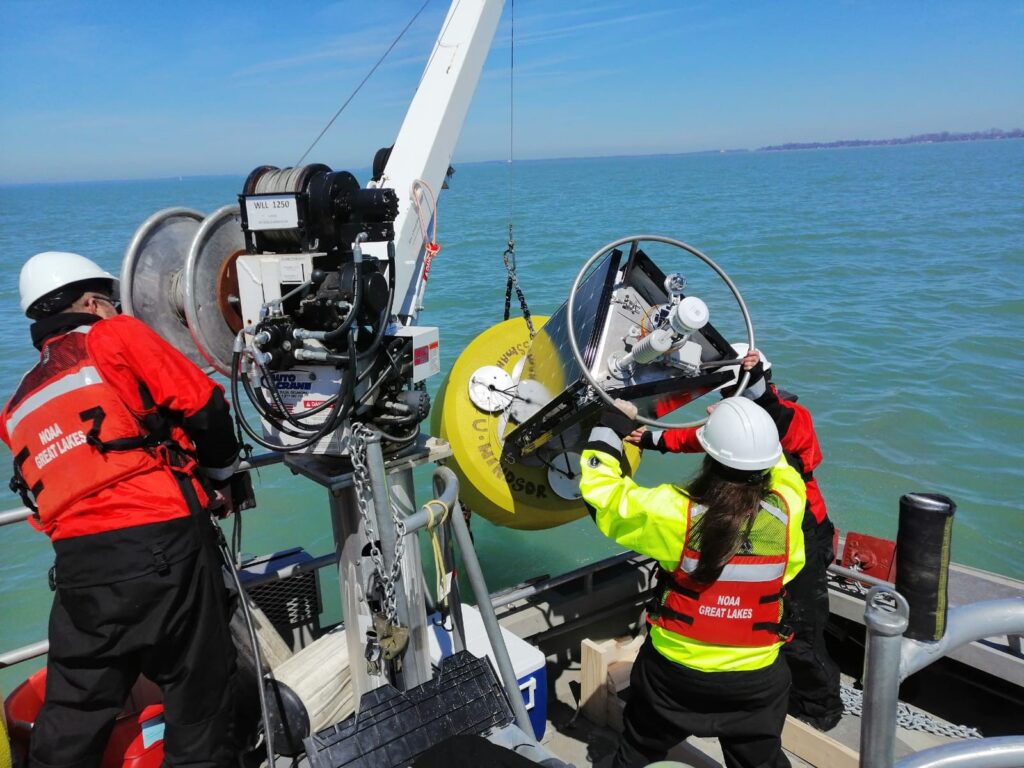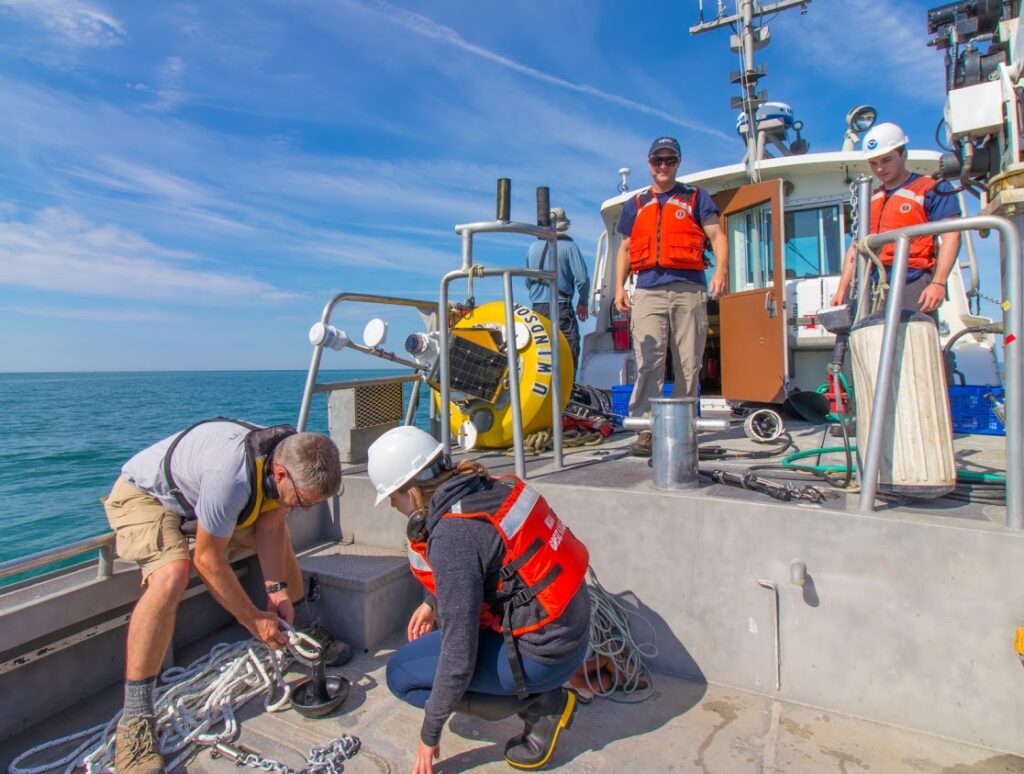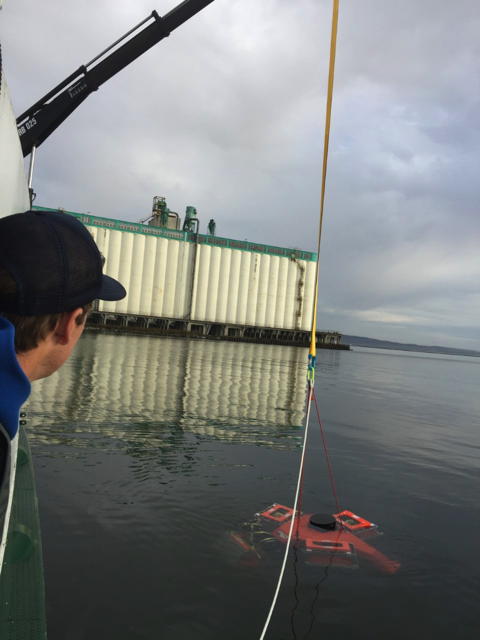
Evaluating stationary hydroacoustics for determining fish movement and abundance
Little is known about the large-scale movement patterns of Great Lakes fishes. Though it is understood that large migrations of fish typically occur along regions of Lake Superior during spawning events, the timing and potential drivers of these events are not well understood. Better understanding the timing and drivers of these events is important for more effective management of these fisheries. …
